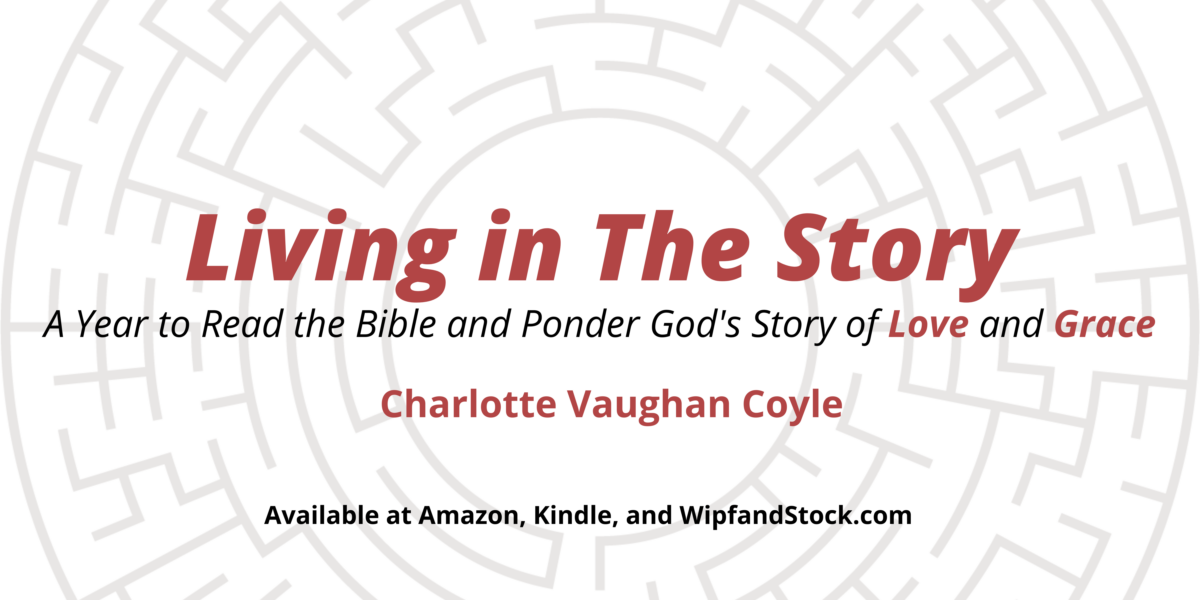Hope is deeply real to people of the Christ—as real as it gets. Even when our observable reality appears to be hopeless, hope taps into the unseen reality of God’s presence in the world, God’s movement in our lives. We can look honestly at the facts of our situation and say and yet. We can look clear-eyed at all the evidence and say nevertheless. We trust that something else is true besides just our circumstances; something else is real besides the obvious. We can see the bigger picture of what God has done and what God is doing. Christian hope is grounded in the reality of the present and is oriented to the possibilities of the future.
People of faith always have been oriented towards the future. Faith means moving toward something we cannot see; stepping out on a path when we don’t know where it will lead; heading in a direction that may seem completely irrational and unreasonable. People who trust can live with this kind of confidence because people of faith are deeply and irrevocably people of hope.
And where does such hope come from? Andy Lester says, “The foundation of hope in the Judeo-Christian tradition is rooted in the character of God, the Creator and Redeemer of the universe.”[1] Because of hope, we believe that the God who creates, redeems, and sustains is primarily characterized by love: agape. Since both creation and incarnation reveal the nature of this self-giving love, we trust that Jesus Christ is the visible expression of God’s faithfulness. This confidence gives us reason to hope for the not-yet-ness of our future.
When we look toward our future, when our future stories are shaped and fashioned with faith, hope, and love then—no matter what comes our way—we can live our lives with deep, unshakable peace. We can see the movement of God in our lives and in the world, and we can confidently stand on the promises of a future with hope . . .
There is much to be discouraged about in our current world. If (as Dr. Lester says) we begin by naming our reality then we have to admit things quite often are quite depressing. It is all too easy to despair, to feel hopeless and powerless in these troubled days. Lester encourages us to name all that, but not to stay there. Rather we must move on to imagine future possibilities; we must plant ourselves in hope’s rich soil. We best do this in community because we are a people who hold on to each other as we hold on to hope. Together, we become a people who hope for each other as we imagine future possibilities.
Impossible possibilities is a constant theme throughout The Story. When we are grounded in faith and hope; when we are shaped by God’s character of self-giving love; when we can glimpse God’s bigger picture; when we are living in God’s Story—then we can imagine all sorts of impossible possibilities and we can remind each other to hold on to the one who holds on to us.
[1] Andrew Lester, Hope, 65.
Read more at Charlotte Vaughan Coyle, Living in The Story: A Year to Read the Bible and Ponder God’s Story of Love and Grace (Resource Publications).
Living in The Story readings for Week 42
Jeremiah 40-52
Psalm 124
Psalm 125
Psalm 127
Revelation 12-15
Mark 4-5
Like this:
Like Loading...










